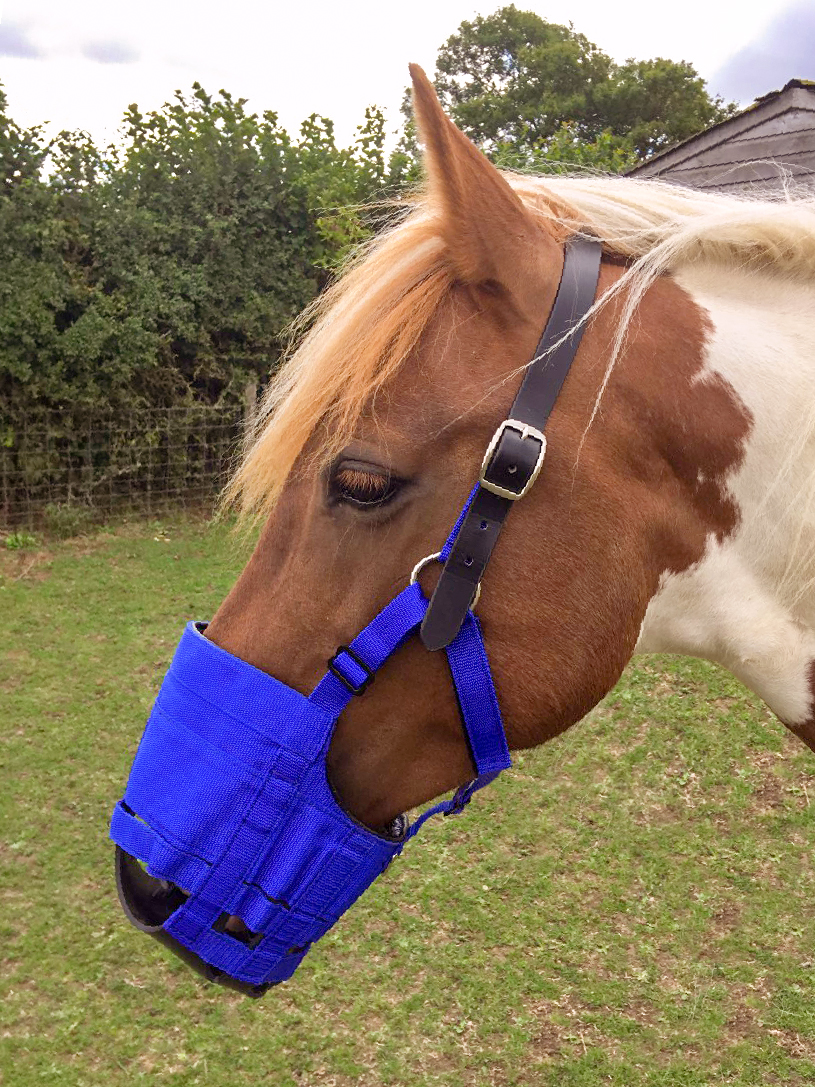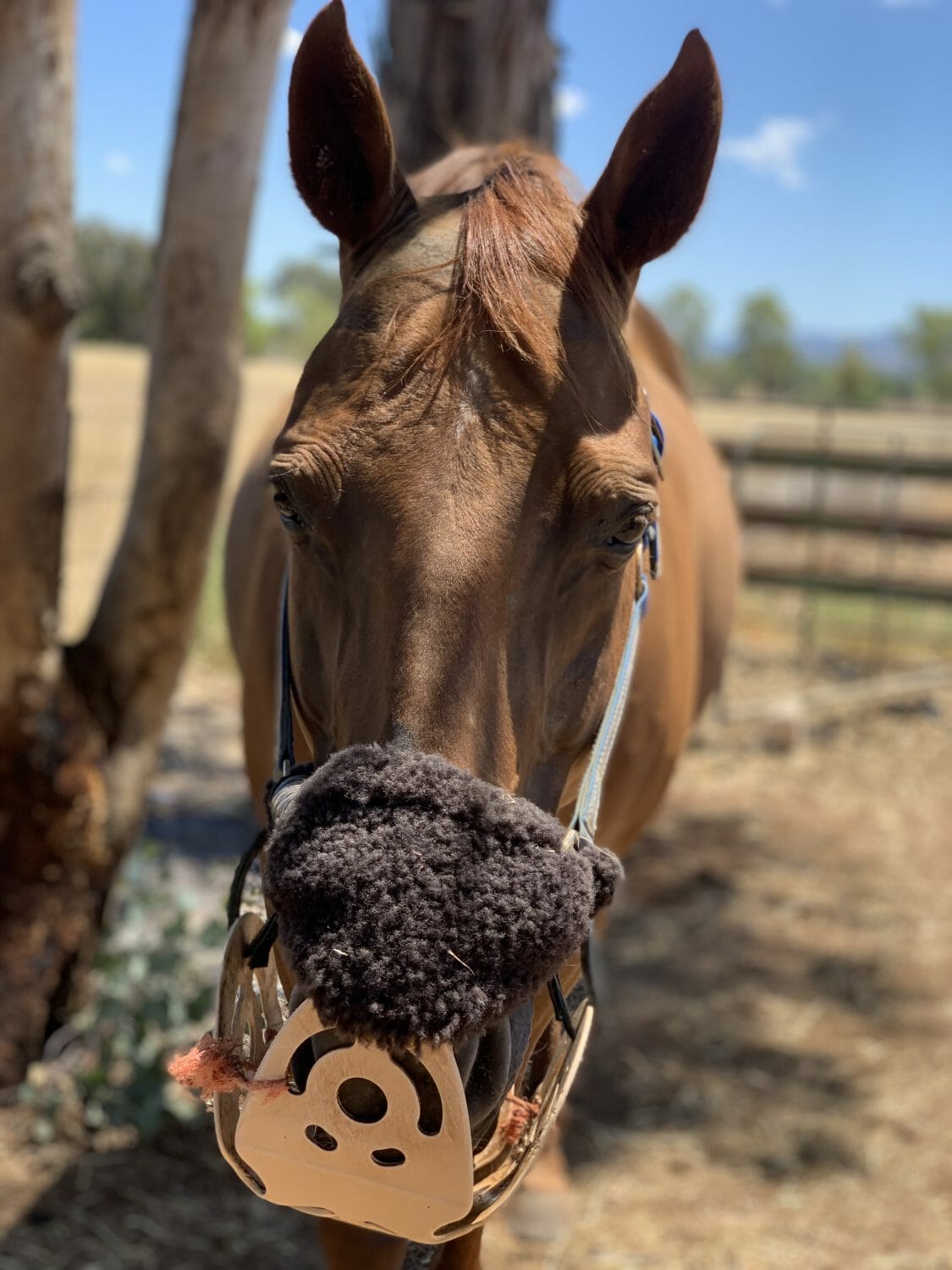

One of the most widespread methods is the use of a grazing muzzle. Sugar-filled grasses cause problems for many horses.ĭifferent management strategies are available to owners to restrict the intake of grass, not only in the spring but at any time of the year. However, while some horses can graze with wild abandon, others cannot. It doesn't wobble and friction is minimized as much as possible.Nothing heralds the onset of spring for horse owners more than the retiring of winter rugs, the moulting of woolly coats and the sight of green fields. There should be a finger between each side here - please do not pinch the parotid gland! So the EasyGrazer® parks in a stable and binding place where it belongs and does not significantly disturb the horse. Please punch the ganache strap according to the size of your horse. Likewise, the ganache strap must lie behind the gaiters above the parotid gland. Make sure that one hand fits into the EasyGrazer basket on the left and right. The EasyGrazer shouldn't move up and down. If necessary, please make a hole in the stripes of the head piece with the pliers. There should be just half a little finger between the horse's mouth and the bottom ring, so please fasten the cheek pieces short enough.
HORSE GRAZING MUZZLE SKIN
As filigree as it is when it is on the horse for several weeks, the skin and fur should even be able to recover from the EasyGrazer every now and then.Īfter the correct size has been determined, the EasyGrazer® must be carefully and appropriately strapped in order to minimize chafing in the long term. The EasyGrazer® is extremely horse-friendly and has a very high level of acceptance among horses. In this respect, we have to check our horses every day if we release them with anything in their fenced-in habitat that is not part of them. 2-4cm under the zygomatic bone, ne depending on the length of the head).įirst of all, you have to be aware that any equipment does NOT really belong to the horse and is always a compromise. Nostril circumference + about 5-10 cm = lower ringĪbout 3 fingers wide above it + about 5-10 cm = middle ringĪbout 3 fingers wide + about 10-15 cm = upper ring (approx. In summary, the appropriate size can be determined as follows: The basket should be able to dangle left and right, but not from top to bottom. For a better understanding: you should be able to put a hand in the basket on the left and right around the horse's nose. Accordingly, please add about 3 cm to the dimensions for the circumference. There should also be room for 1-2 fingers here. The upper ring with the largest diameter sits at the level of the posterior molars. You can find the dimensions for each size using the cross rings here on the website.įirst, the EasyGrazer should lie loosely around the nostrils (lower ring with the smallest diameter) and should not rest on the hyoid muscles (middle ring with a medium diameter).

It is very important that the EasyGrazer is ordered in the correct size. The teeth remain intact even during continuous use. It is soft and extremely robust at the same time.īoth variants have the same floor made of biothane certified for harmful substances and are absolutely tooth-friendly. Biothane has been used for horses and dog equipment for over 40 years. There are some riveted predetermined breaking points, however, the robust seams also give in under strong pressure and can be repaired by the saddler. The EasyGrazer® neo is made from waterproof Biothane and is sewn. Secu is a flexible but dimensionally stable material. Replacement rivets are included, so that the EasyGrazer® can be repaired again immediately after heavy pressure using pliers or a hammer.
HORSE GRAZING MUZZLE FREE
The EasyGrazer® classic is riveted free of nickel and each connection represents a predetermined breaking point. It is anti-allergenic and odorless and is used for bridles, stirrup leathers and riding chaps. The EasyGrazer® classic is our model made of the highly water-repellent synthetic material Secu, a robust material from Kieffer made of a stable fabric covered with soft plastic.


 0 kommentar(er)
0 kommentar(er)
